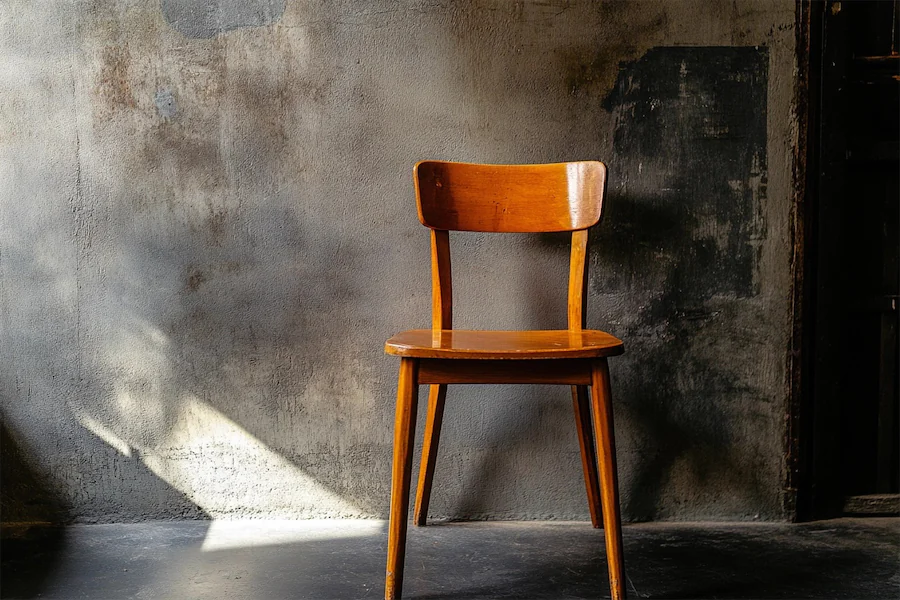Wooden chairs have been integral to human seating for millennia, evolving from simple stools to intricate designs that blend functionality with artistry. This article explores their history, key features, applications, considerations for selection, and enduring appeal.
History and Origins of Wooden Chairs
The earliest wooden chairs date back to ancient Egypt, where they were symbols of status and authority, often adorned with intricate carvings and inlays. In ancient Greece, the klismos chair emerged, renowned for its elegant curves and considered one of the most beautiful chair designs.
During the Renaissance, chair-making became more accessible, with a growing middle class seeking comfortable and stylish seating options. This era saw the creation of ornate and intricately carved wooden chairs, often featuring luxurious upholstery.
In the 19th century, the Chiavari chair was created by Italian cabinetmaker Giuseppe Gaetano Descalzi. This lightweight yet sturdy design became popular for its elegance and functionality.
Key Features of Wooden Chairs
Wooden chairs are distinguished by several hallmark characteristics:
- Material Versatility: Crafted from various woods such as oak, walnut, cherry, and beech, each offering unique grain patterns and durability.
- Design Diversity: Range from minimalist modern styles to elaborate traditional carvings, catering to diverse aesthetic preferences.
- Structural Integrity: Known for their sturdiness and longevity, often becoming heirloom pieces passed through generations.
- Finish Options: Can be stained, painted, or left natural to highlight the wood’s inherent beauty.
Applications of Wooden Chairs
Wooden chairs are versatile and enhance various settings:
- Dining Rooms: Serve as classic seating options, complementing a wide range of table styles.
- Living Rooms: Accent chairs or rocking chairs provide both functionality and aesthetic appeal.
- Outdoor Spaces: Treated wooden chairs, like Adirondack chairs, are popular for patios and gardens.
- Workspaces: Ergonomically designed wooden office chairs offer comfort and support.
Considerations When Choosing a Wooden Chair
When selecting a wooden chair, consider the following factors:
- Comfort: Ensure the design provides adequate support; consider adding cushions for enhanced comfort.
- Quality of Craftsmanship: Look for well-constructed joints and a smooth finish, indicating durability.
- Intended Use: Choose a design that suits the specific room and purpose, whether for dining, lounging, or work.
- Maintenance: Be prepared for regular care, such as polishing, to maintain the wood’s appearance and longevity.
- Environmental Impact: Consider chairs made from sustainably sourced wood to reduce ecological footprint.
Conclusion
From their ancient origins to contemporary designs, wooden chairs have remained a staple in furniture due to their durability, versatility, and timeless appeal. Their ability to adapt to various styles and functions ensures their continued presence in homes and public spaces alike.
